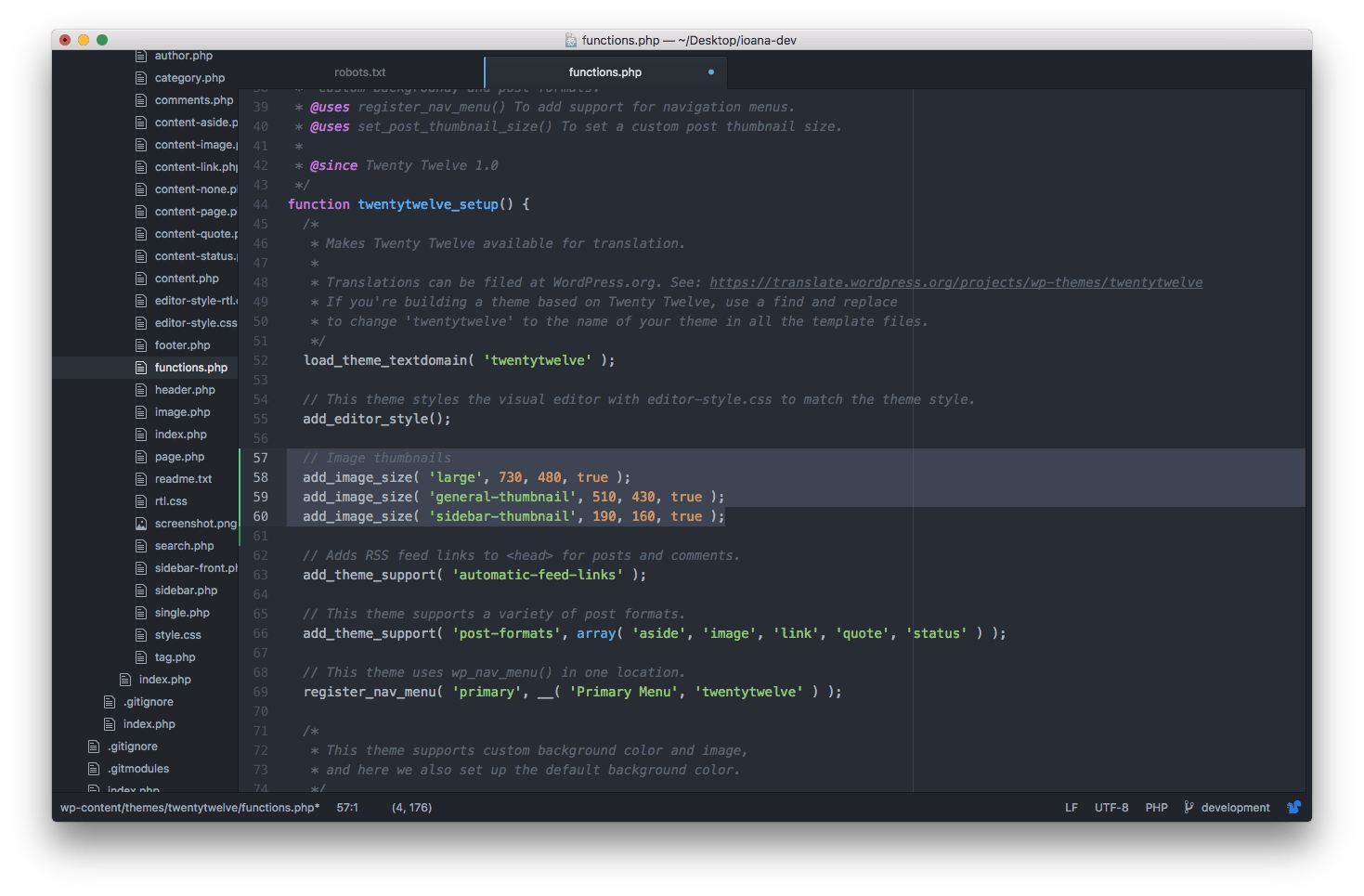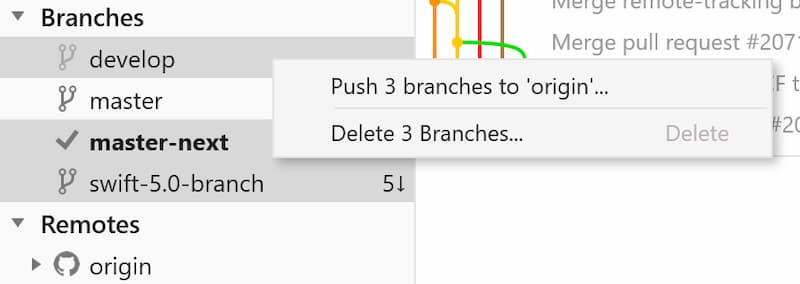

Your fork begins its life as a remote repository. After merging changes, its time to upload the same to your remote fork repository i.e your GitHub profile. When you fork a repository, youre creating a copy of it on your GitHub account. rial Robustness vs Model Compression or both.md | 50 +++++++++++++ Black-Box Adversarial Examples.md | 1. D:\Github\ICCV19-Paper-Review>git merge upstream/master Updating b8206e4.bd03928 Fast-forward Adversarial Robustness Model Compression.md | 0. This command will merge all the changes done to ‘master’ branch. Executing this command will do so: git merge upstream/master


Once changes are fetched it’s time to merge them to our local repository. From * master -> upstream/master * revert-27-master -> upstream/revert-27-masterĦ. Resolving deltas: 100% (90/90), completed with 5 local objects. remote: Total 182 (delta 73), reused 70 (delta 55), pack-reused 80 Receiving objects: 100% (182/182), 3.13 MiB | 763.00 KiB/s, done. Answer (1 of 2): Fork is not a Git operation it just means you have made a copy of an existing repository and are doing new development on your copy. remote: Compressing objects: 100% (47/47), done. D:\Github\ICCV19-Paper-Review>git fetch upstream remote: Enumerating objects: 102, done. To do so we execute this command: git fetch upstreamĭoing so displays all the new changes that have happened since you forked it. Once you have added your upstream repo, we need to fetch changes done to it. Now executing git remote -v we get: D:\Github\ICCV19-Paper-Review>git remote -v origin (fetch) origin (push) upstream (fetch) upstream (push)ĥ. Here, replace the link of your original repo without the ‘’. To add the original Repo, execute the following command: git remote add upstream Output: D:\Github\ICCV19-Paper-Review>git remote -v origin (fetch) origin (push)Īs you can see, only my forked repositories are listed, hence we need to add our original repo as a remote repository.Ĥ. To do this, execute the following command to get the list of all tracked repositories. Before we can sync our fork repository with the original/upstream repository, we need to make sure that Git knows about the original/upstream repository. To navigate to master branch, execute the following command.ģ. Generally, it’s called the master branch. Navigate to the branch that contains all the changes that you need to merge with your fork repository.Open up your terminal and navigate to the working directory of your local repository.In this section, I will be focusing on Git’s command line interface to sync my fork. Updating forks using Git’s Command Line Interface: Now, let’s go through the steps to sync my fork. As you can see in the above image, my fork repo is currently 66 commits behind the original/upstream repository.


 0 kommentar(er)
0 kommentar(er)
